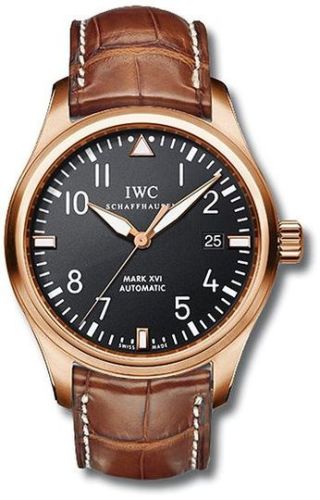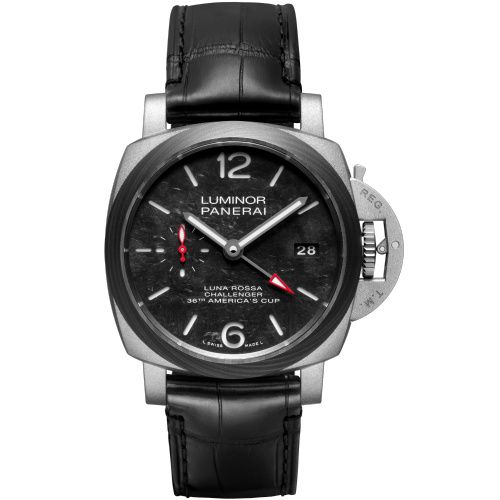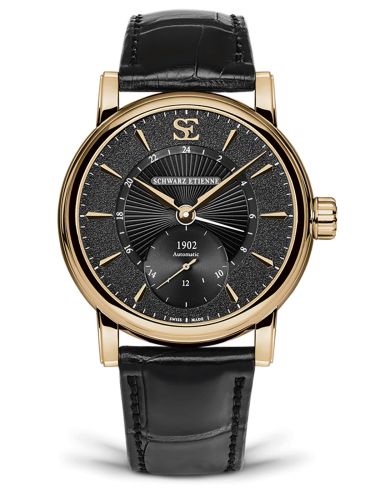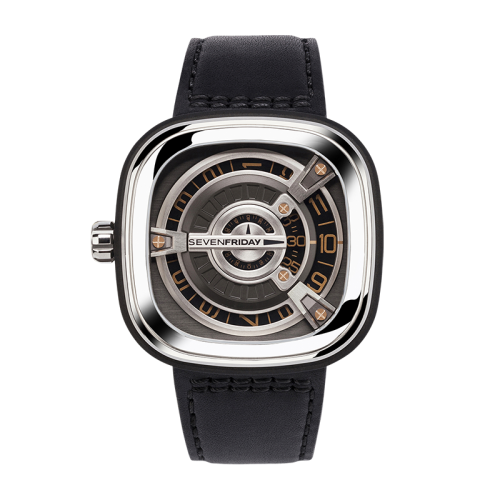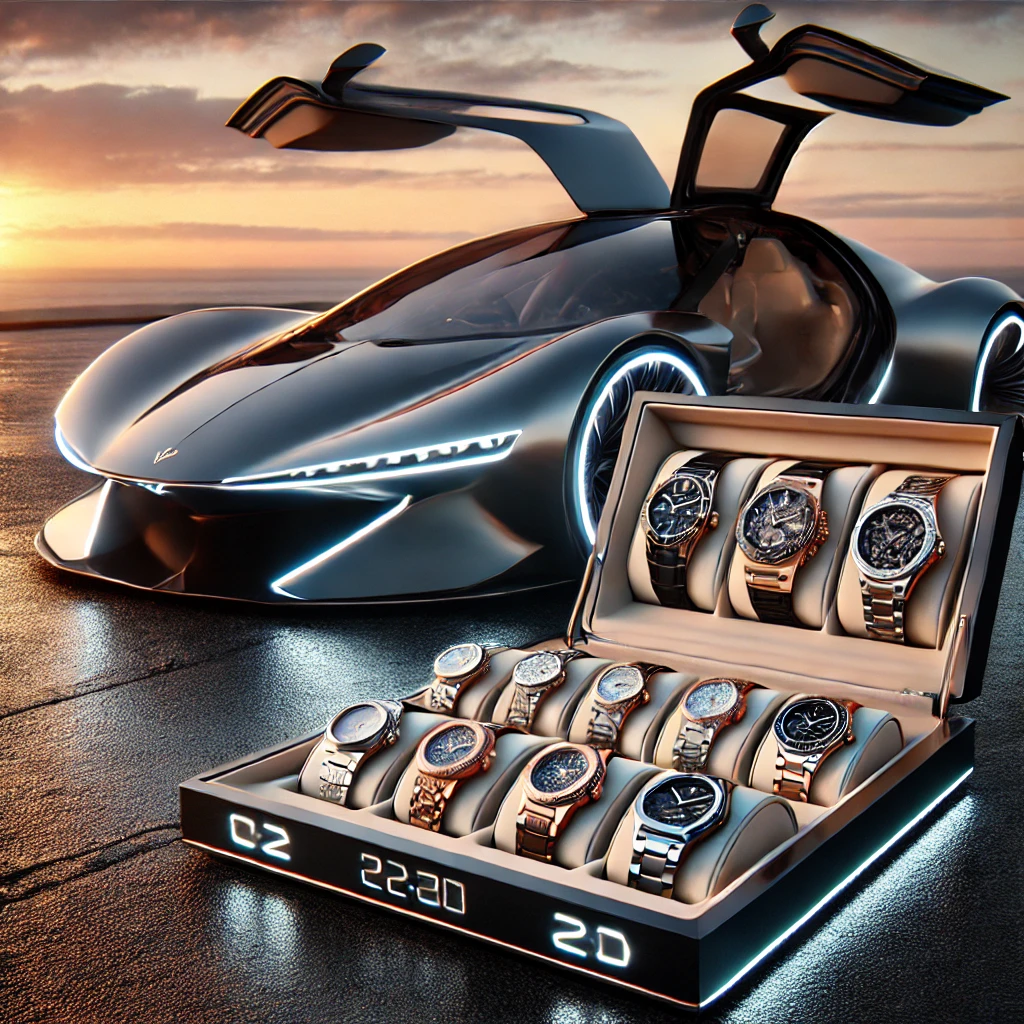
What is the difference between analog and digital watches?
When it comes to timekeeping devices, watches can generally be classified into two main categories: analog and digital. The primary difference between these two types lies in how they display time. Analog watches feature a traditional clock face with hands that rotate around a dial, typically marked with numbers or indices to indicate the hours and minutes. The movement of the hands provides a continuous representation of time, which many people find aesthetically pleasing and classic.
On the other hand, digital watches display time in a numeric format, often using a liquid crystal display (LCD) or light-emitting diode (LED) screen. This type of watch presents time in a straightforward manner, usually showing hours and minutes in digits. Digital watches can also offer additional functionalities, such as alarms, stopwatches, and backlighting, making them versatile for various activities and environments.
Another notable difference is the mechanics behind their operation. Analog watches can be powered by quartz movements, which use a battery to keep time accurately, or by mechanical movements, which rely on intricate gears and springs. Digital watches, however, primarily depend on electronic circuits and batteries, leading to a generally lower maintenance requirement compared to their analog counterparts.
In terms of user experience, analog watches often appeal to those who appreciate craftsmanship and traditional watchmaking, while digital watches tend to attract individuals who prioritize functionality and technological features. Furthermore, the choice between analog and digital can also reflect personal style. Analog watches can range from elegant and sophisticated to sporty, making them suitable for formal occasions or everyday wear. Digital watches, with their contemporary designs and often sporty aesthetics, can complement casual outfits or be used in fitness and outdoor activities.
Ultimately, the choice between an analog and a digital watch comes down to personal preference, lifestyle, and the specific features one values in a timepiece. While both types serve the fundamental purpose of telling time, their unique characteristics cater to different tastes and needs.


